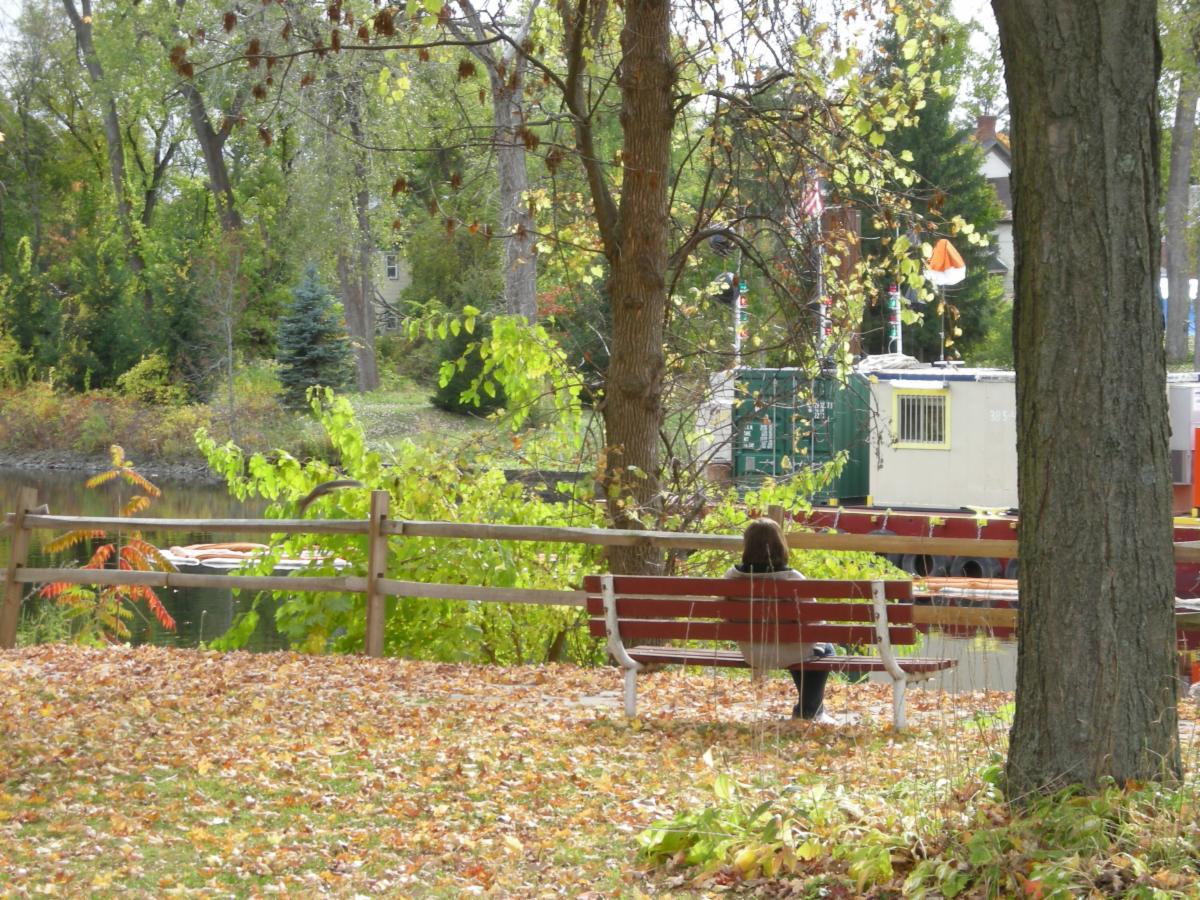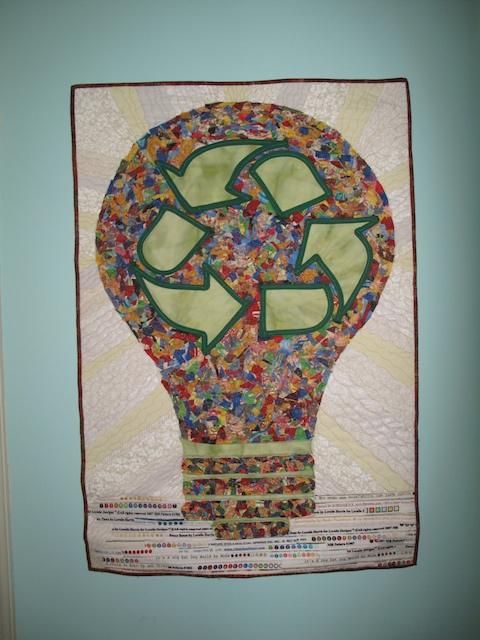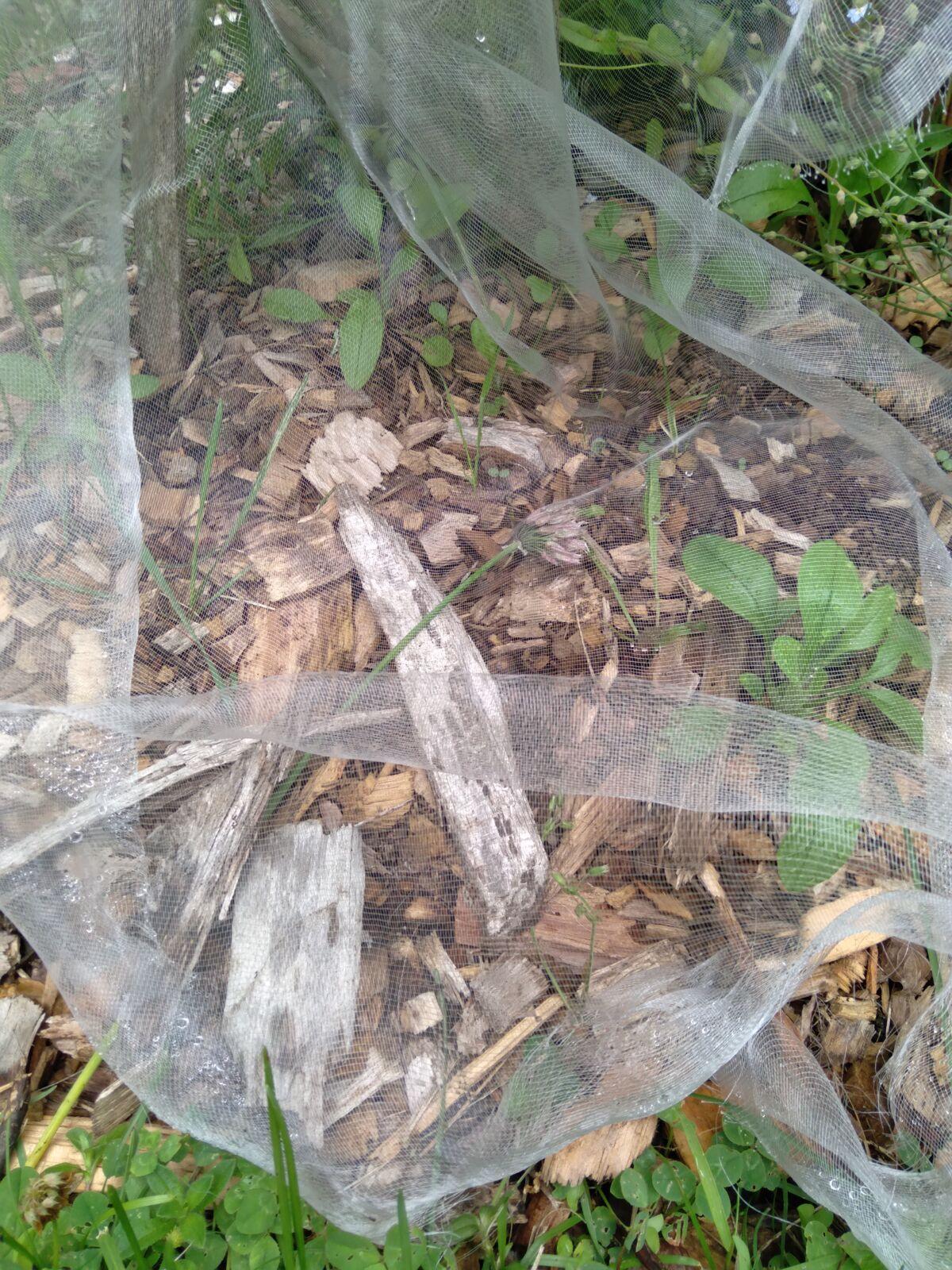
Vincent Van Gogh, Landscape in Stormy Weather, 1885. Van Gogh Museum |
Radical Joy for Hard Times strives to face the sorrow of broken places honestly and, by resting there–in sorrow and in the place–find beauty and joy. A recent edition of Maria Popova’s newsletter, Brainpickings, reflects on that same theme with a story about Vincent Van Gogh.
In September 1883, Van Gogh wrote his brother Theo about a walk he took during a particularly hard time in his life:
Van Gogh had set out on this particular walk in order to clear his head and his heart after finally splitting up with Sien–the alcoholic prostitute with whom he had fallen in love a year and a half earlier, just after recovering from the heartbreak that taught him how to turn unrequited love into fuel for art.
Seeking to quiet his mind, Van Gogh headed out “to talk to nature for a while.” From this turbulent inner state, he witnessed a violent storm which, paradoxically, reconciled him to his sorrow and helped him rediscover in it the elemental beauty of life.
He recounts this transcendent encounter with nature to his brother:
You know the landscape there, superb trees full of majesty and serenity beside green, dreadful, toy-box summer-houses, and every absurdity the lumbering imagination of Hollanders with private incomes can come up with in the way of flower-beds, arbours, verandas. Most of the houses very ugly, but some old and elegant. Well, at that moment, high above the meadows as endless as the desert, came one driven mass of cloud after the other, and the wind first struck the row of country houses with their trees on the opposite side of the waterway, where the black cinder road runs. Those trees, they were superb, there was a drama in each figureI’m tempted to say, but I mean in each tree.
Then, the whole was almost finer than those windblown trees seen on their own, because the moment was such that even those absurd summer houses took on a singular character, rain-soaked and dishevelled. In it I saw an image of how even a person of absurd forms and conventions, or another full of eccentricity and caprice, can become a dramatic figure of special character if he’s gripped by true sorrow, moved by a calamity. It made me think for a moment of society today, how as it founders it now often appears like a large, sombre silhouette viewed against the light of reform.
What, Popova asks, “would it mean to orient ourselves toward sorrow neither with indulgence, nor with self-pity to regard it not as a malignancy of life but as part of its elemental richness.” It is a question for all of us
MORE RADICAL JOY REVEALED
“There’s No Wounding Here”
Every now and then, around this time of year, in the weeks leading up to the Global Earth Exchange, someone emails to tell me they’d like to participate in our annual event of giving beauty [...]
Do It Though No One Notices
A young woman I know who lives in North Carolina considers herself an ardent environmental activist. She belongs to the Sierra Club and The Wilderness Society, works for an organization that runs therapeutic wilderness programs [...]
In Memory of a Cardinal
Radical Joy for Hard Times has always urged our members around the world to give attention and beauty to those places and beings that have meaning for them. It’s not necessary to seek out some [...]


